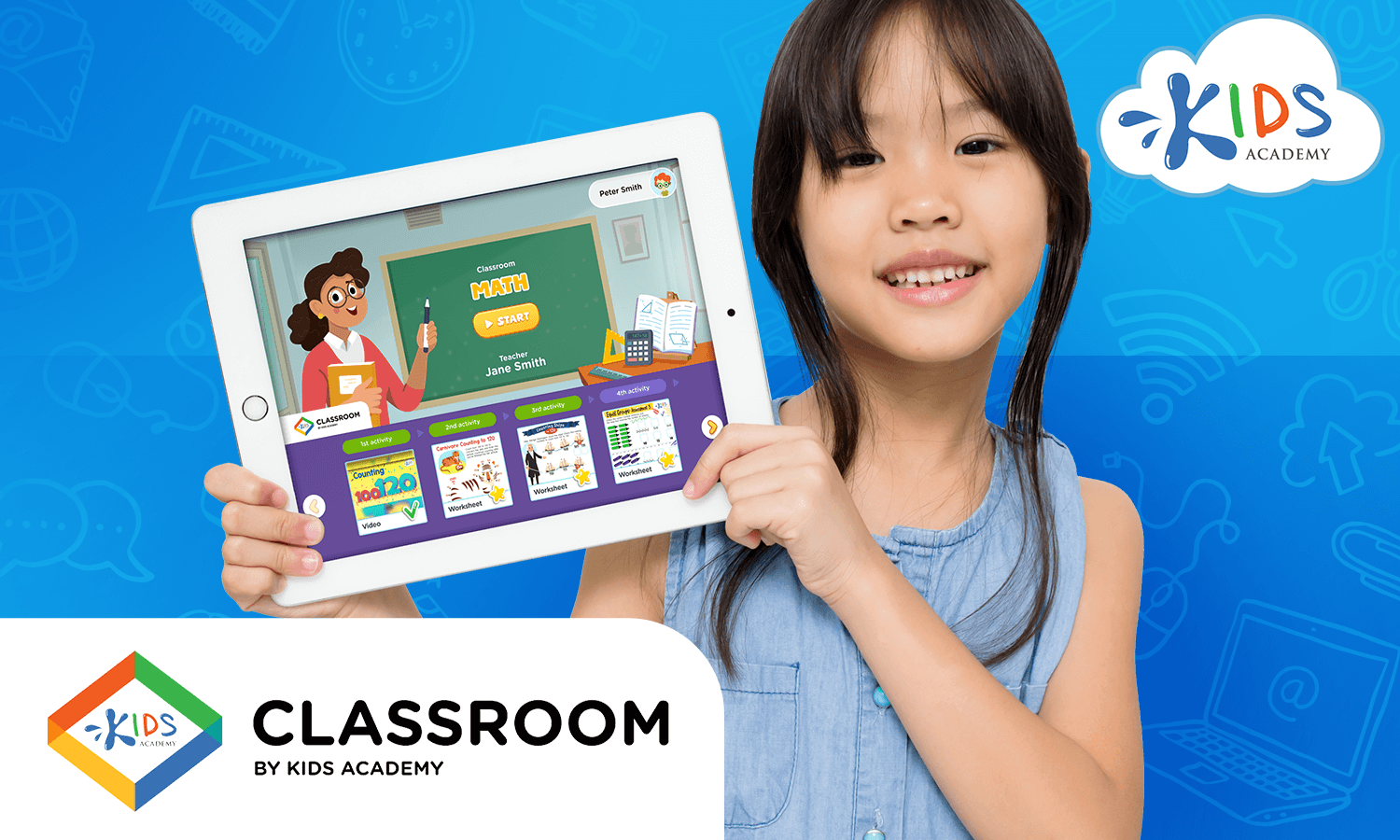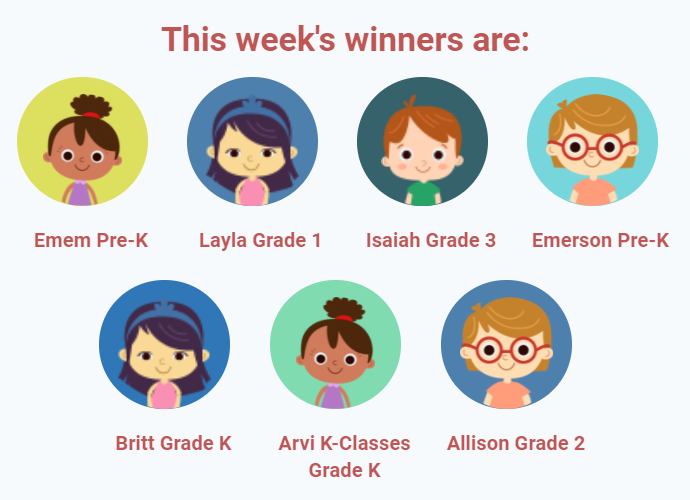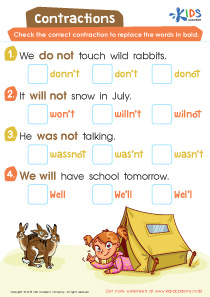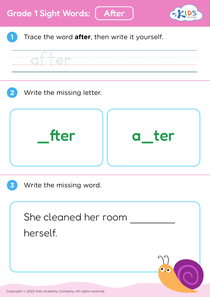Building Vocabulary worksheets activities for Grade 1
2 filtered results
-
From - To
Building Vocabulary Worksheets & Activities for Grade 1
Enhance your child's language foundation with our collection of Building Vocabulary worksheets and activities, tailored specifically for Grade 1 students. Designed by educational experts, these engaging and interactive worksheets are perfect for young learners eager to expand their vocabulary. Each worksheet is crafted to introduce new words in fun and memorable ways, incorporating colorful illustrations and practical exercises. From matching games to fill-in-the-blank sentences, our activities cater to different learning styles, ensuring a comprehensive vocabulary building experience. Dive into our collection today and watch your Grade 1 student blossom into a confident and articulate communicator!
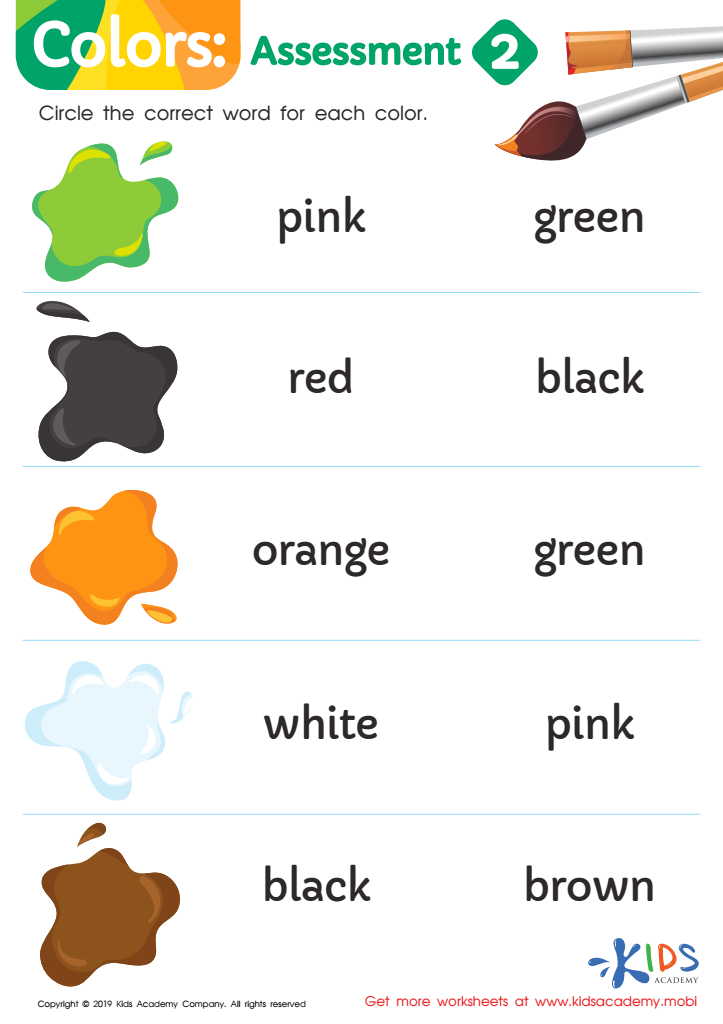

Colors: Assessment 2 Worksheet
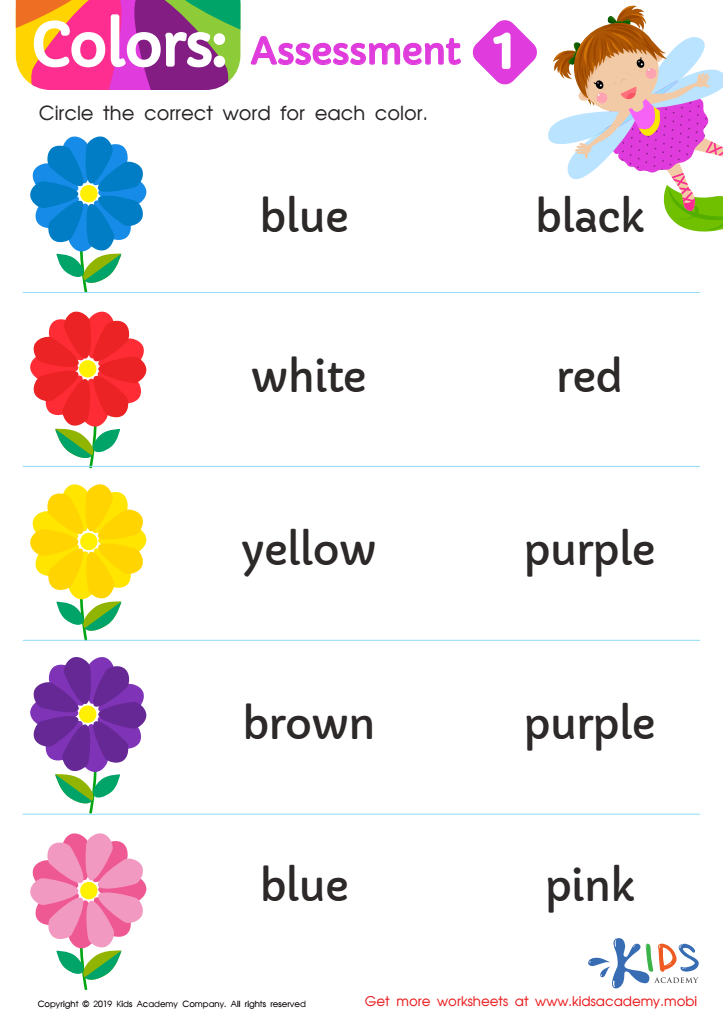

Colors: Assessment 1 Worksheet
Building Vocabulary worksheets activities for Grade 1 are an essential tool in the foundational phase of a child's educational journey. As young learners begin to navigate the complex world of language, these carefully designed activities serve as building blocks for effective communication, reading comprehension, and overall academic success. The incorporation of Building Vocabulary worksheets into the curriculum for Grade 1 students offers a multitude of benefits that extend well beyond the classroom.
Firstly, these activities are tailored to the developmental stage of Grade 1 students, making learning both accessible and engaging. Children at this age are naturally curious and eager to explore the world around them. Building Vocabulary worksheets tap into this innate curiosity by introducing new words in a fun and interactive way. This not only enhances their vocabulary but also fosters a love for learning.
Moreover, vocabulary is the foundation of literacy. As children expand their word bank, they improve their ability to understand what they read and hear, which in turn, boosts their confidence in expressing themselves both orally and in writing. Building Vocabulary worksheets activities for Grade 1 are designed to introduce words in context, thereby helping students make meaningful connections between the words and their usage in everyday life. This contextual learning ensures that new vocabulary sticks, making it easier for children to recall and apply these words in various situations.
Furthermore, these worksheets offer a structured approach to vocabulary building, which is crucial for young learners. The activities progressively increase in complexity, allowing children to build upon their existing knowledge. This systematic progression ensures that each child can move at their own pace, reducing frustration and increasing the likelihood of successful learning outcomes.
In summary, Building Vocabulary worksheets activities for Grade 1 are invaluable for nurturing young minds, equipping them with the linguistic tools necessary for academic achievement and effective communication. By investing in these foundational activities, educators and parents can pave the way for a future of confident readers, writers, and communicators.

 Assign to the classroom
Assign to the classroom

